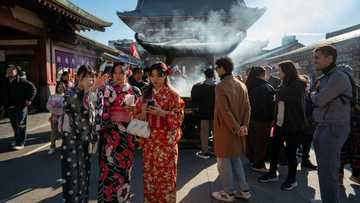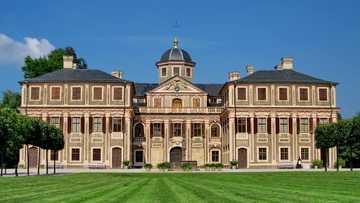Dubai Museum opening hours and ticket price
One can be forgiven for thinking Dubai is all about ultra-tall skyscrapers and luxury yachts. Beyond the frontage of this quickly-growing emirate lies a lesser-known rugged beauty, the Dubai Museum. This iconic structure is located in Al Fahidi Fort and contains a wealth of information for those who are keen on exploring Dubai’s history. The museum provides visitors with an outlook into the rich culture and heritage reminiscent of this Middle East destination.
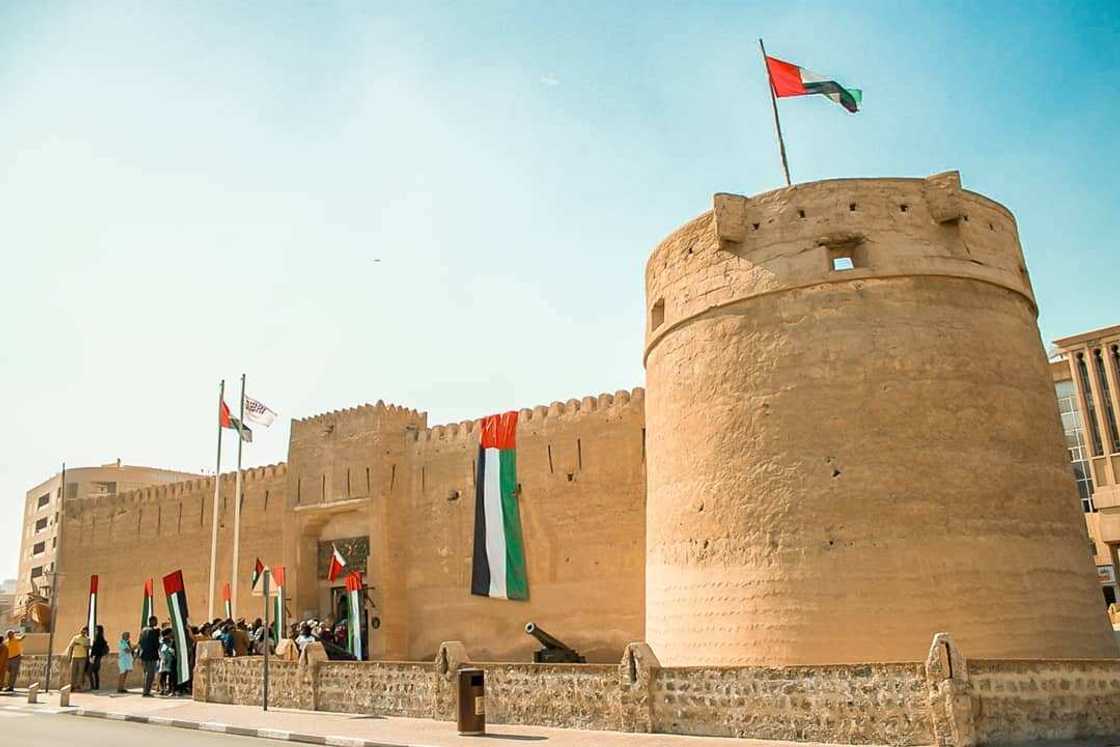
Source: UGC
Al Fahidi Fort is allegedly the oldest building in Dubai having been built in 1787 on the south end of Dubai Creek. For more than two hundred years, the fort served as a prison, palace, fortress and weapons arsenal. In 1971, the fort was transformed into a museum by the then ruler of Dubai. An underground museum was added to the original Dubai Museum in 1995.
Dubai Museum opening hours
The Dubai Museum timings vary depending on days and seasons such as Ramadan. The building is open from 8:30 a.m. till 8:30 p.m. on Saturday through Thursday. On Fridays, the building opens at 2:30 p.m. and closes at 8:30 p.m. During Ramadan, the museum is open between 10:00 a.m. and 5:00 p.m. Ideally, you should give yourself between one and two hours to visit the galleries and exhibits.
The Dubai Museum ticket price for adults is three dirhams (approximately $0.8). Dubai Museum ticket fee for children aged six and below is one dirham (roughly $0.27).
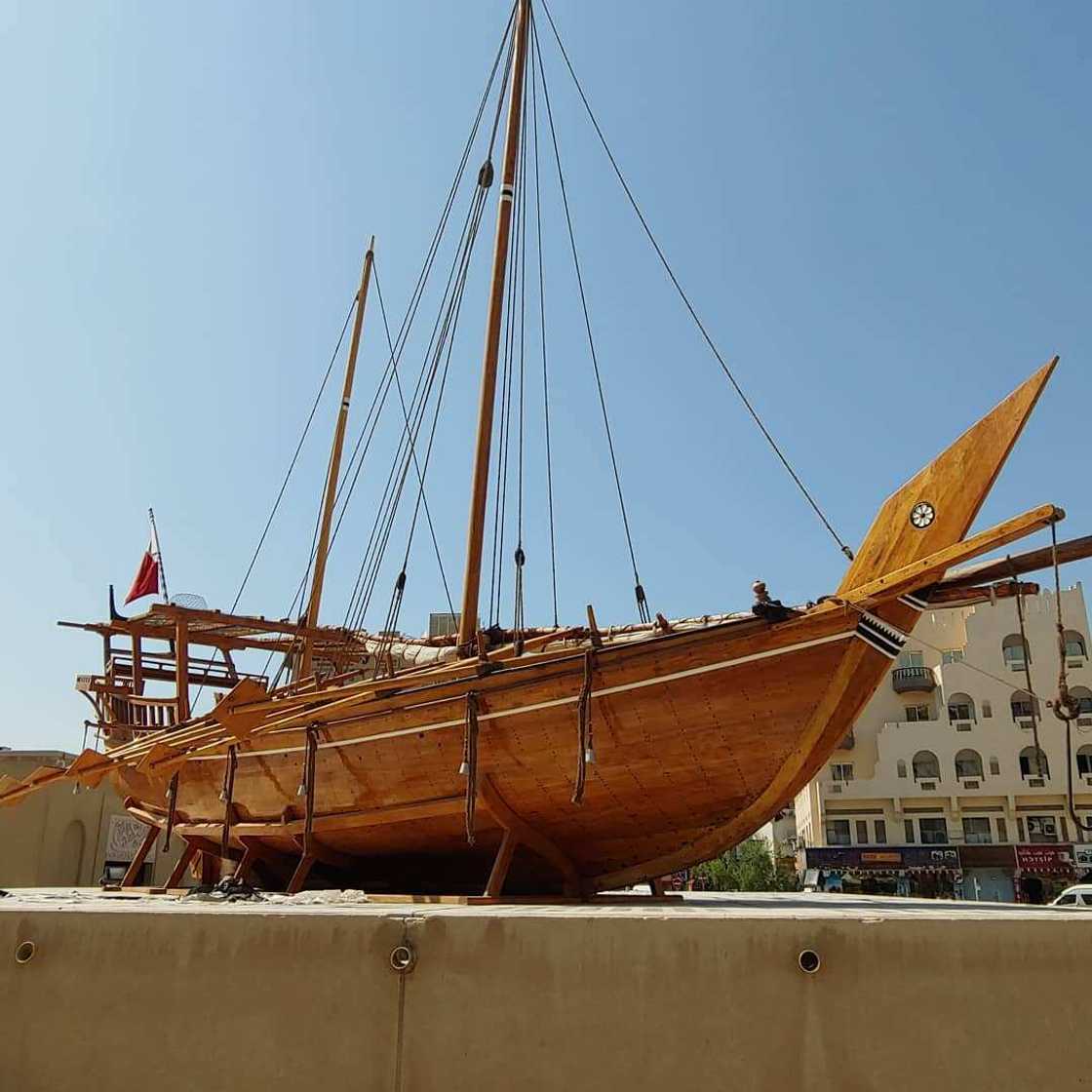
Source: UGC
What is on show at the Dubai Museum?
Immediately you set foot inside the museum Dubai, you will almost certainly notice a traditional Middle Eastern show as well as ancient cannons. The building is split into a sequence of halls that surround the central enclosure. A staircase leads to additional underground galleries. Some of these contain information illustrating the speedy transformation of Dubai into a modern city. These galleries have numerous maps and video footage that take visitors back in time.
READ ALSO: What is the difference between culture and tradition?
The galleries tell the story of the city before the discovery of oil in the 1960s. The city was initially a coastal village lying between the Arabian Gulf and a vast stretch of desert. Its main economic activities included date farming, pearl diving and camel rearing. The museum in Dubai brings this period to life with amazing dioramas of oases, Bedouin tents, farms, mosques and marketplaces. The depictions are made livelier with audio tracks running to simulate the environments being displayed.
The natural phenomena and astronomy wing of the building provides an insight into how the Bedouins used stars for guidance. The marine wing, on the other hand, has information related to the city's maritime heritage. The archaeological wing has skeletons and tomb remains from a Bronze Age archaeological settlement that was discovered nearby. The folklore wing tells the cultural tales of the city and contains elements related to weapons, pottery, art and antiquities from the city’s Asian and African trading partners.
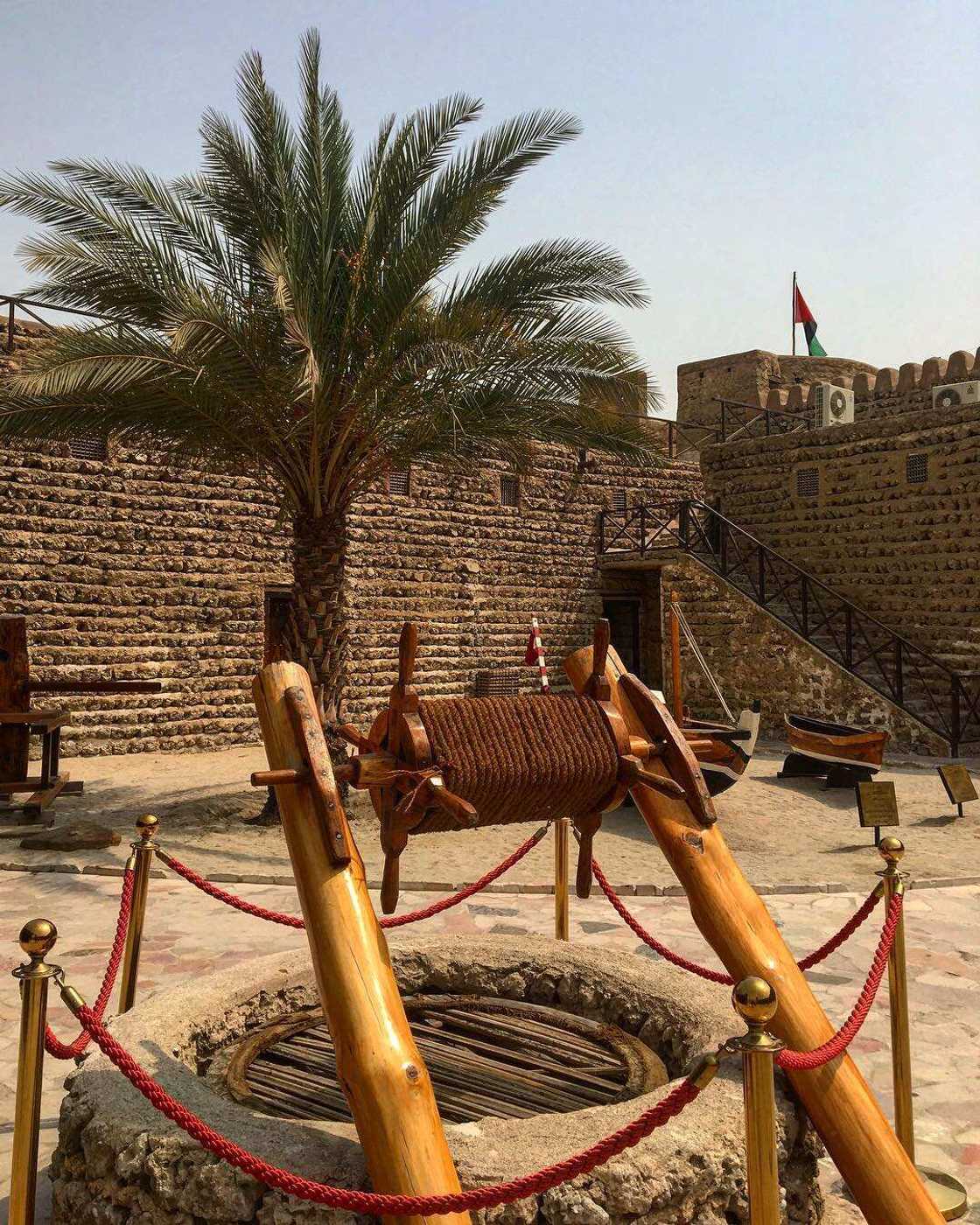
Source: UGC
How to get there
The least expensive way to get to the museum is via the city’s public transport. Visitors can catch a bus to Al Fahidi or Al Ghubaiba stations and then take a ten-minute walk. Those who are coming from the Spice Souk or the Gold Souk can get to the exhibit via a boat for one dirham then walk through the textile marketplace for a few minutes. One can also opt to use a taxi or drive to the museum. Keep in mind that parking spaces are limited.
READ ALSO: Types of drawing in cultural and creative art
Nearby attractions
Once you are done visiting the museum, feel free to explore the Al Bastakiya (Al Fahidi’s historic district). Make sure you experience the cultural meal, which is one of the most rewarding Arabic experiences for visitors. The lunches and breakfasts provide visitors with a unique opportunity to learn about the Emirates way of life while sharing a meal with the locals. Visit the famed Arabian Tea House Café for delicious salads, meats, tea and Arabic bread. The area is also home to artisans who deal in textiles, enamelware and calligraphy.
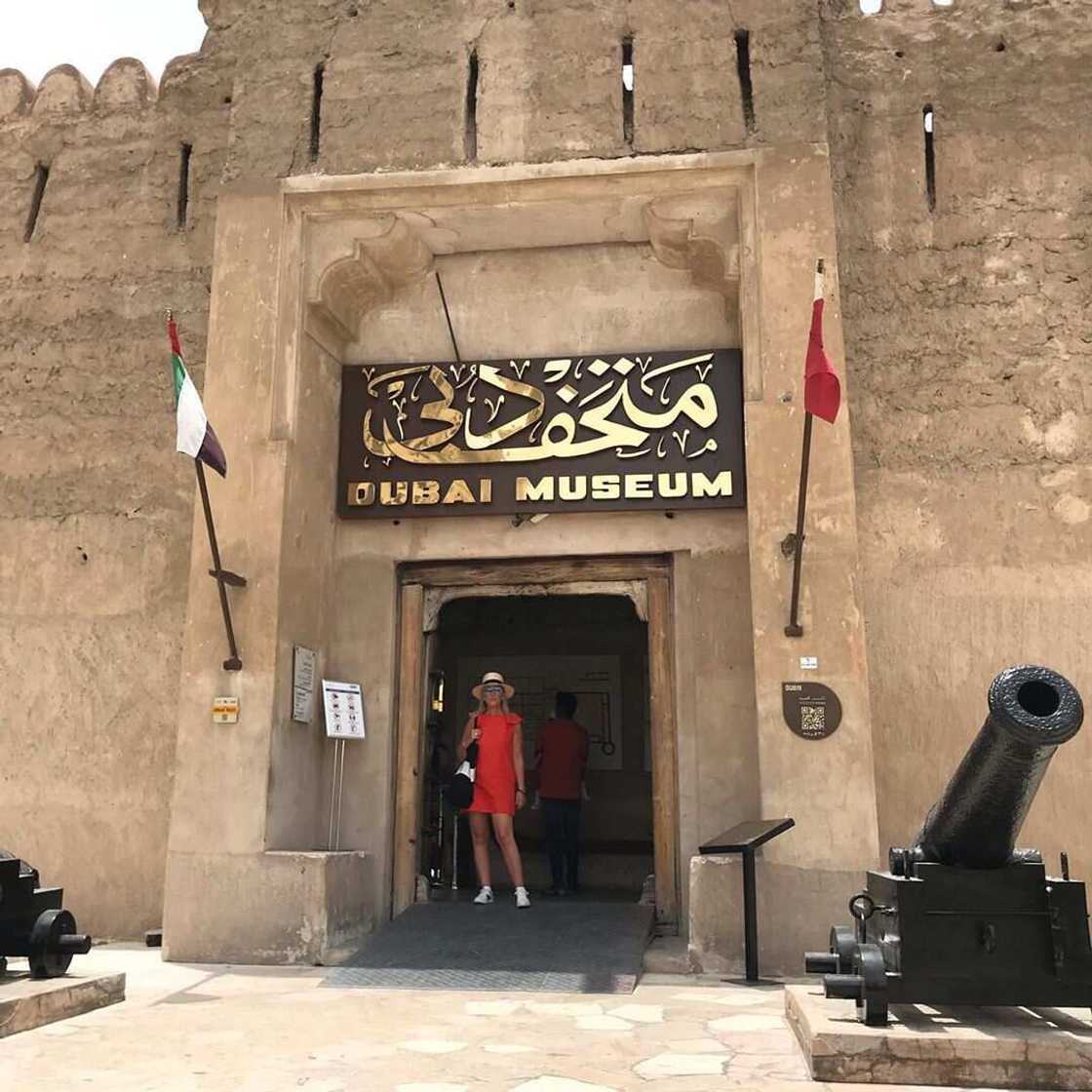
Source: UGC
The Dubai Museum is one of the areas worth visiting in the lively emirate. The extensive information it holds depicting the city’s rich heritage and culture is ideal for those willing to delve into history. The museum is the perfect place to understand the entirely different beginnings of the city as compared to what it is now.
READ ALSO: Most expensive hotel in Dubai in 2019
Source: Legit.ng


